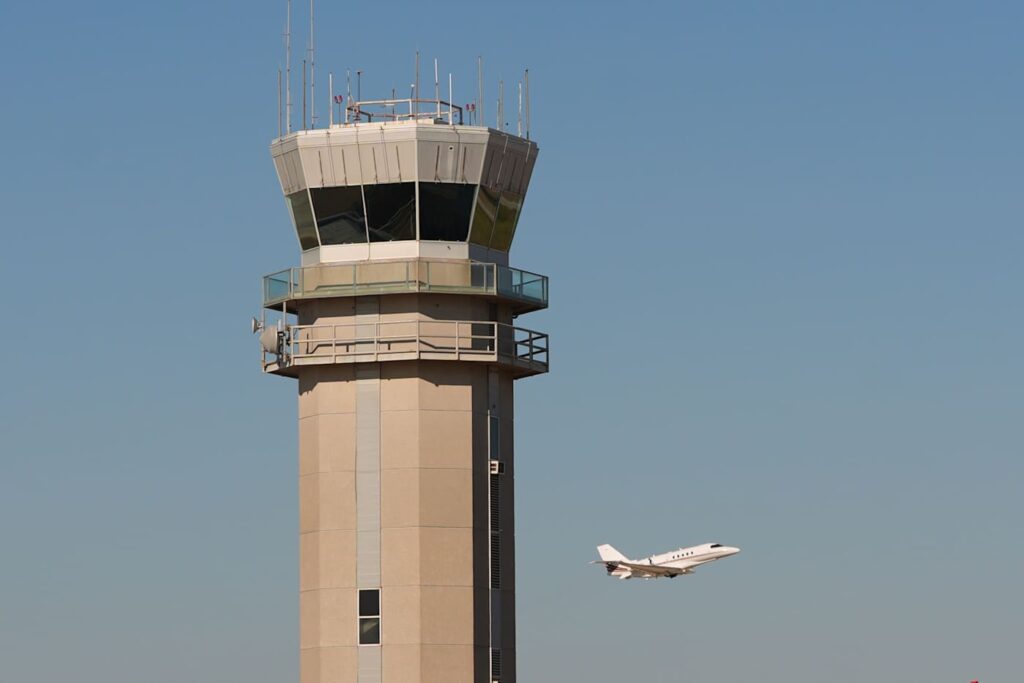Web Summit’s Unforeseen Turbulence: Lisbon Airport Turns Away Private Jets
The Web Summit, the self-proclaimed “world’s largest tech conference,” is known for attracting the brightest minds and deepest pockets. But this year, even the privileged attendees arriving in private jets faced an unexpected hurdle: Lisbon Airport simply couldn’t handle the influx, forcing some to divert to airports as far away as Badajoz, Spain – a two-hour drive from the main event.
This situation highlights the logistical challenges that arise when a massive event converges on a relatively small city. Is this a mere “first-world problem,” or does it signal a need for better planning and infrastructure to accommodate future gatherings of this scale? Let’s delve into the factors contributing to this aviation bottleneck and explore its potential implications.
The Private Jet Paradox: Demand Overwhelming Capacity
A Magnet for High-Profile Attendees
Web Summit’s allure lies in its impressive roster of speakers and attendees. This year’s lineup includes CEOs from tech giants like Qualcomm and Microsoft, alongside countless startup founders and investors. Many of these individuals prefer the convenience and flexibility of private air travel, contributing to a surge in private jet arrivals at Lisbon Airport.
Limited Runway Space and Parking
Lisbon Airport, while modern and well-equipped, has a finite capacity. The sheer number of private jets arriving simultaneously overwhelmed the airport’s ability to provide runway access and parking space. This is a classic case of demand exceeding supply, leading to delays and diversions.
The Environmental Footprint Factor
While the immediate issue is logistical, the concentration of private jet travel raises questions about the environmental impact of such events. The carbon footprint of private aviation is significantly higher than commercial flights, prompting a debate about sustainability in the tech industry. Are there ways to mitigate the environmental consequences of attracting high-profile attendees who favor private jets?
Beyond the Runway: Impact and Implications
Inconvenience vs. Disruption
For those affected, the diversion to Badajoz or other airports undoubtedly caused inconvenience and delays. This might involve longer travel times to reach Lisbon and potential disruptions to schedules. While it might seem a minor issue in the grand scheme of things, time is valuable, especially for busy executives and investors.
The Ripple Effect on Local Infrastructure
The airport congestion also has a ripple effect on other aspects of Lisbon’s infrastructure. Increased traffic on roads leading to and from the airport, strain on ground transportation services, and potential delays for commercial flights are all possible consequences.
A Wake-Up Call for Future Planning
This situation serves as a wake-up call for organizers of large-scale events and local authorities. It highlights the need for better coordination, infrastructure investment, and potentially alternative transportation options to manage the influx of attendees and minimize disruption.
Solutions and Considerations for the Future
Strategic Airport Coordination
Enhanced coordination between Lisbon Airport and surrounding airports, such as Badajoz, could help distribute the traffic more effectively. This would involve pre-planning, real-time communication, and flexible routing to avoid bottlenecks. Pre-booking slots for private jets might be a reasonable solution.
Promoting Alternative Transportation
Encouraging the use of commercial flights or even high-speed rail for attendees traveling from nearby European cities could alleviate some of the pressure on private aviation. Offering incentives or facilitating group transportation options could further incentivize this shift.
Investing in Airport Infrastructure
Long-term solutions may involve expanding Lisbon Airport’s capacity or developing alternative airport infrastructure to accommodate the growing demand for air travel. This would require significant investment and careful planning to ensure sustainability and environmental responsibility.
The Ethical Dilemma: Justifying the Environmental Cost?
A crucial question remains: Is the economic benefit of hosting Web Summit worth the environmental cost associated with increased private jet travel? This is a complex issue that requires careful consideration of the trade-offs and a commitment to finding more sustainable solutions. Perhaps carbon offsetting programs or other environmental initiatives could help mitigate the impact.
Conclusion: A Lesson Learned for Web Summit and Beyond
The private jet predicament at this year’s Web Summit underscores the challenges of hosting massive events in cities with limited infrastructure. While the inconvenience faced by some attendees might seem trivial, it reveals a larger need for better planning, coordination, and a commitment to sustainability. As Web Summit continues to grow, it’s imperative to address these logistical and environmental concerns to ensure a smoother and more responsible event in the future.
Ultimately, the goal should be to create a seamless and enjoyable experience for all attendees, while minimizing the impact on the local community and the environment. The lessons learned from this year’s Web Summit can serve as a valuable guide for other large-scale events around the world.
